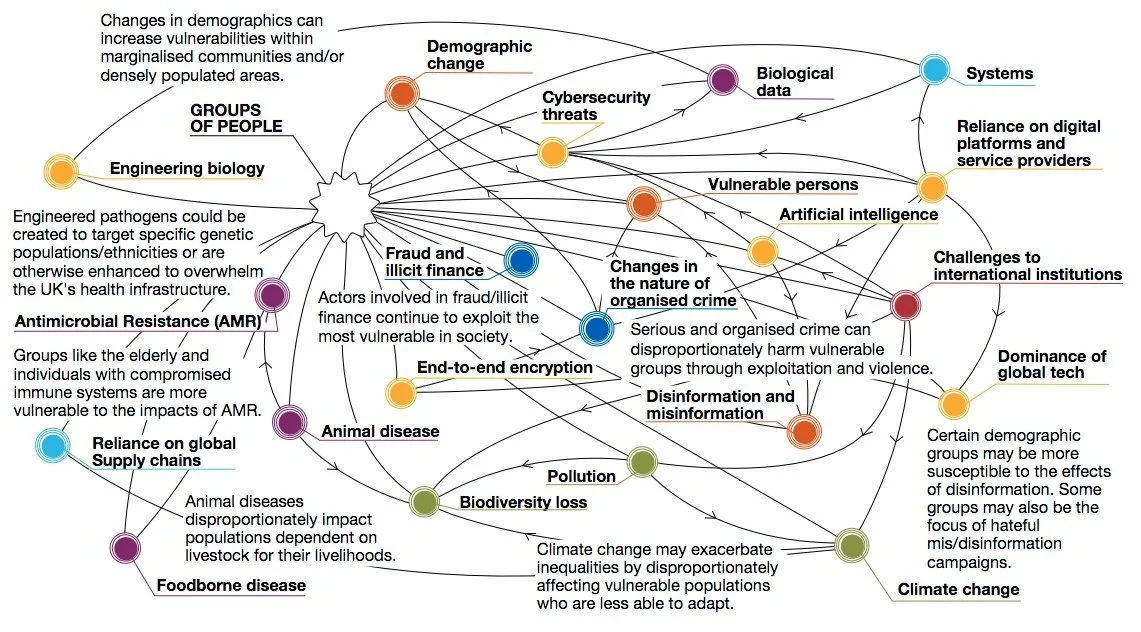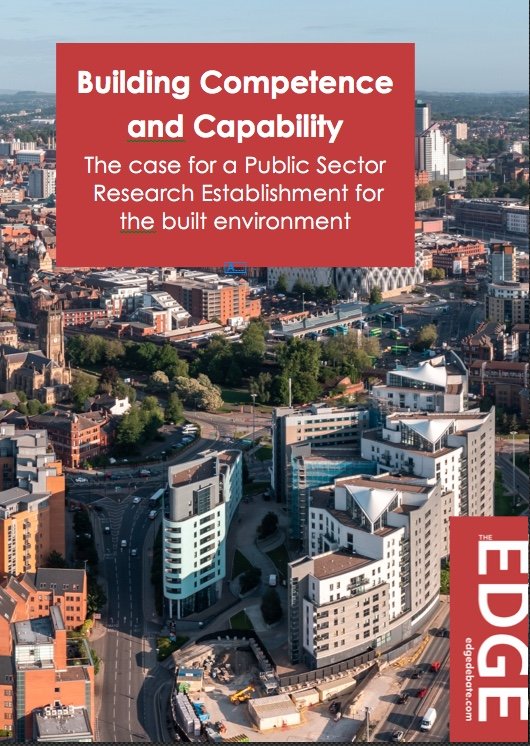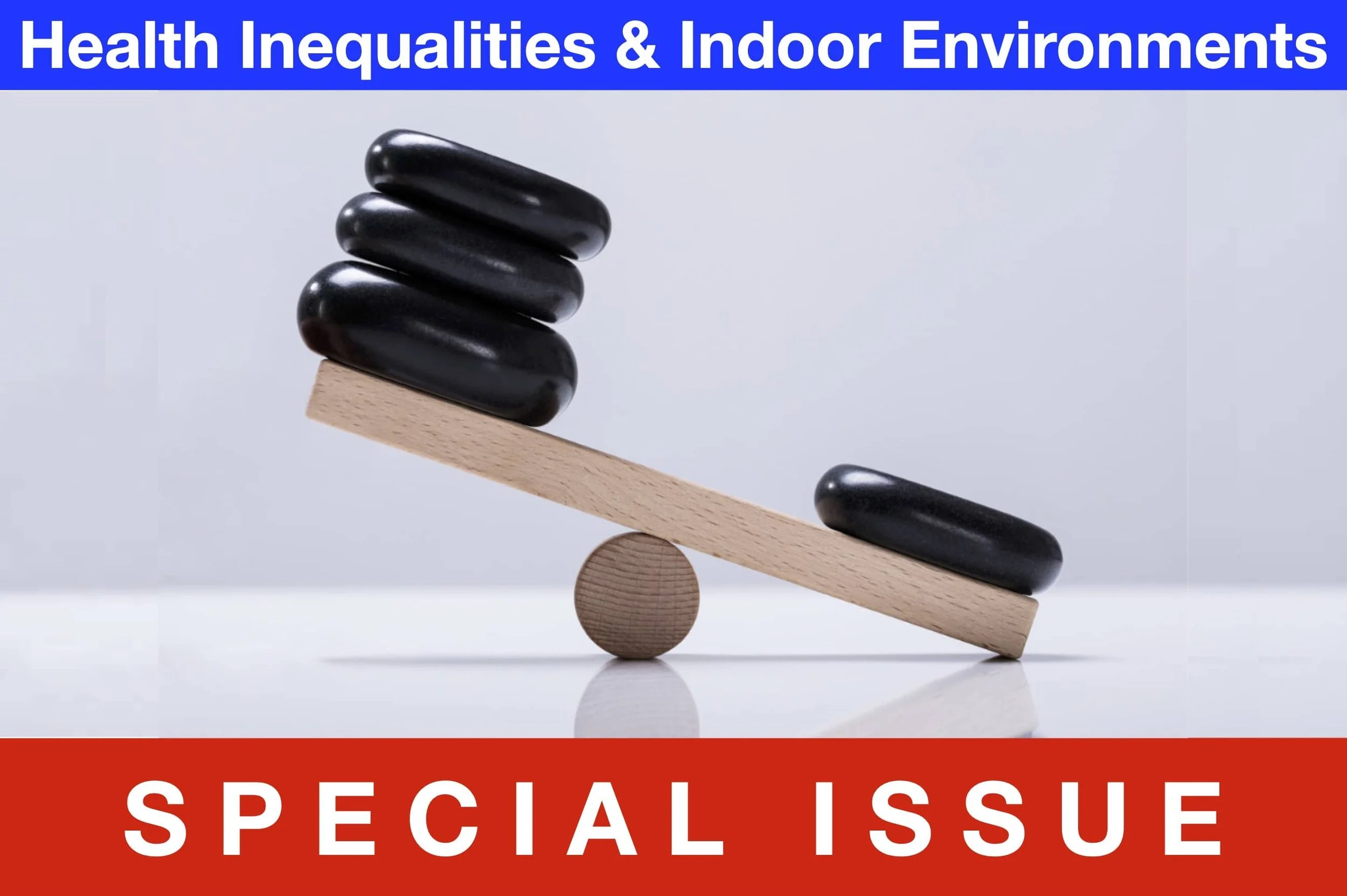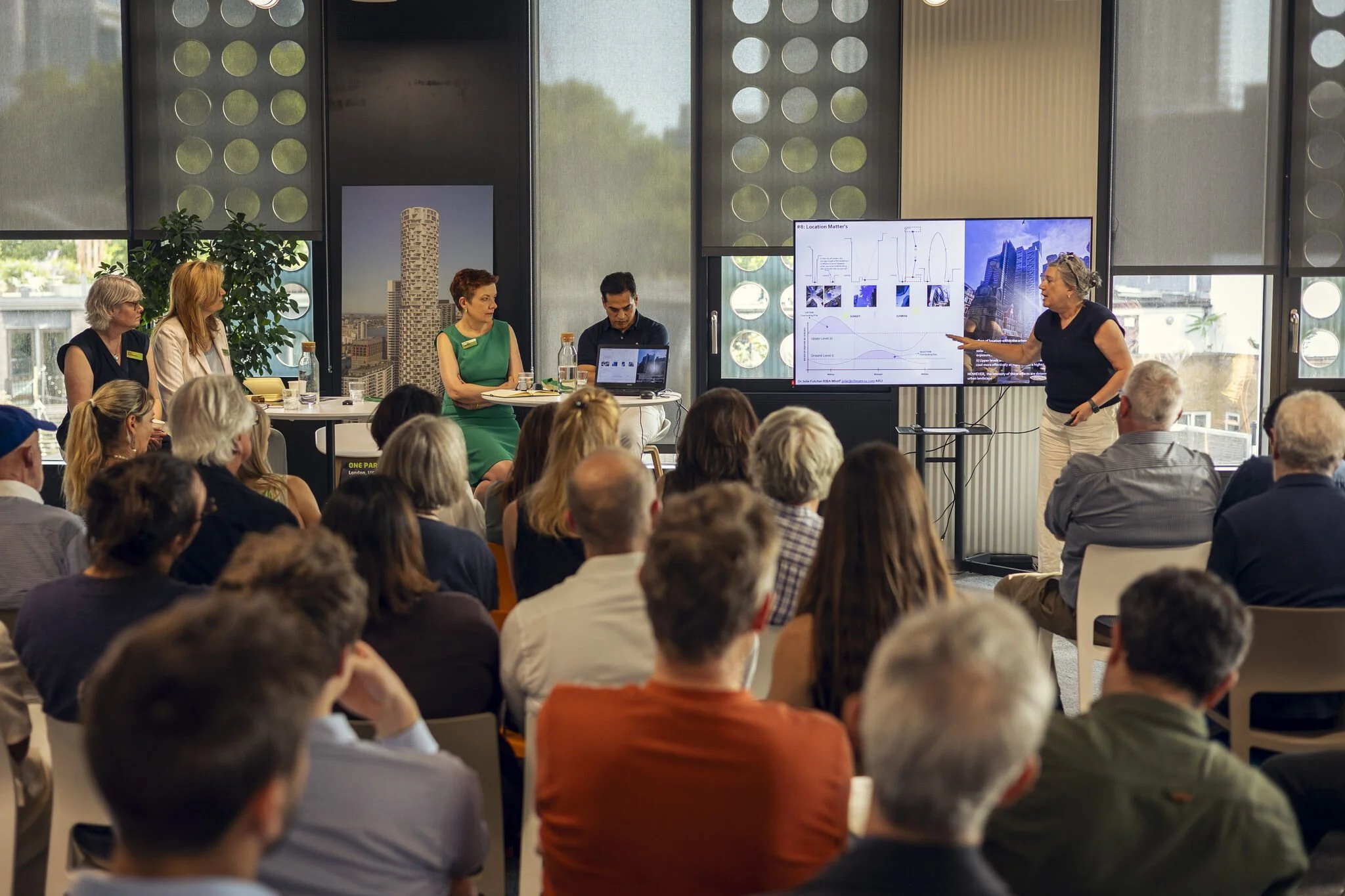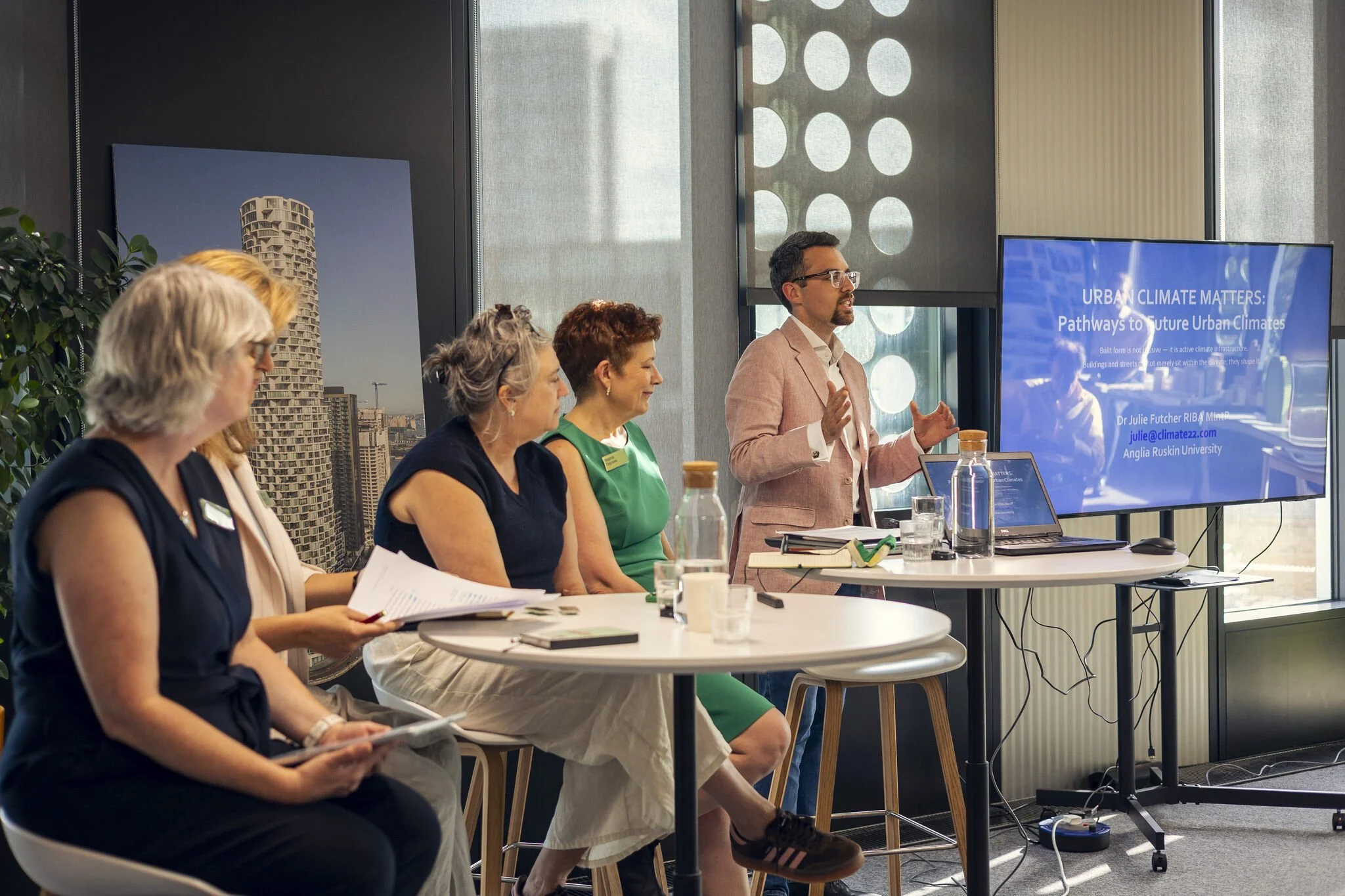Edge Conversation 190: How prepared are we? - 13th November 2025, Cambridge
Exploring long-term risk in the built and natural environment
In recent years we have all become far more aware of the importance of risk and the need to factor it into decision-making. In particular, the Covid 19 pandemic taught us that high impact but relatively low probability risks need to be carefully prepared for and that plans and resources should be in place well in advance and kept properly maintained thereafter.
Some events, even when having a relatively low probability in any given year, are highly likely to occur over an extended period, especially when the associated risk level is increasing due to factors such as climate change.
One difficulty is knowing when threats will become a reality, how soon and to what extent to take preventative and remedial action. This is as true of disease, flooding and extreme heat waves, as it is of major accidents and malicious attacks.
As work on and with the built and natural environment is almost always for the medium to long term, this should make such risk an ever-present factor in decision-making and design considerations and calculations.
To provide an overview of the issues and challenges, the Edge has invited Dame Professor Julia King - Baroness Brown of Cambridge, Sir David King and Professor Brooke Rogers for an in-depth discussion. The discussion will be hosted by and held at Lucy Cavendish College followed by Formal Hall.
Chair: Dr Liam Saddington, Director of Studies for Geography, Lucy Cavendish College
Speakers: Professor the Baroness Brown of Cambridge, Julia King.
Chair of the Adaptation Committee of the Climate Change Committee
Sir David King, Government Chief Scientist 2000 to 2007, founder of the Centre for Climate
Repair and currently Chair of the independent Climate Crisis Advisory Group.
Professor Brooke Rogers, Professor of Behavioural Science and Security,
Kings College London (confirmed)
Venue: Lucy Cavendish College
Lady Margaret Road, Cambridge CB3 0BU
Time & date: 18.00 - 19.00, 13th November 2025
To attend the event please register at : https://www.eventbrite.co.uk/e/how-prepared-are-we-tickets-1576179357889
Reading:
Chronic Risk Analysis. Cabinet Office/Government Office for Science/Foresight (2025) - https://assets.publishing.service.gov.uk/media/6890acc9e8ba9507fc1b09a6/Chronic_Risks_Analysis__CRA_.pdf
Climate Change - A Risk Assessment, King D,. et al, (2015) - https://www.researchgate.net/publication/280881788_Climate_change_a_risk_assessment
UK Climate Risk Independent Assessment (CCRA3), UK Climate Risk (2021) - https://www.theccc.org.uk/wp-content/uploads/2021/07/Independent-Assessment-of-UK-Climate-Risk-Advice-to-Govt-for-CCRA3-CCC.pdf
Preparing for Extreme Risks: Building a Resilient Society, House of Lords ((2021) - https://publications.parliament.uk/pa/ld5802/ldselect/ldrisk/110/110.pdf
National Risk Register, Cabinet Office (2025) - https://assets.publishing.service.gov.uk/media/67b5f85732b2aab18314bbe4/National_Risk_Register_2025.pdf
The concept of risk in the IPCC Sixth Assessment Report, IPCC, (2020), https://www.ipcc.ch/site/assets/uploads/2021/02/Risk-guidance-FINAL_15Feb2021.pdf
This Edge Conversation #190 is being held in conjunction with Lucy Cavendish College

